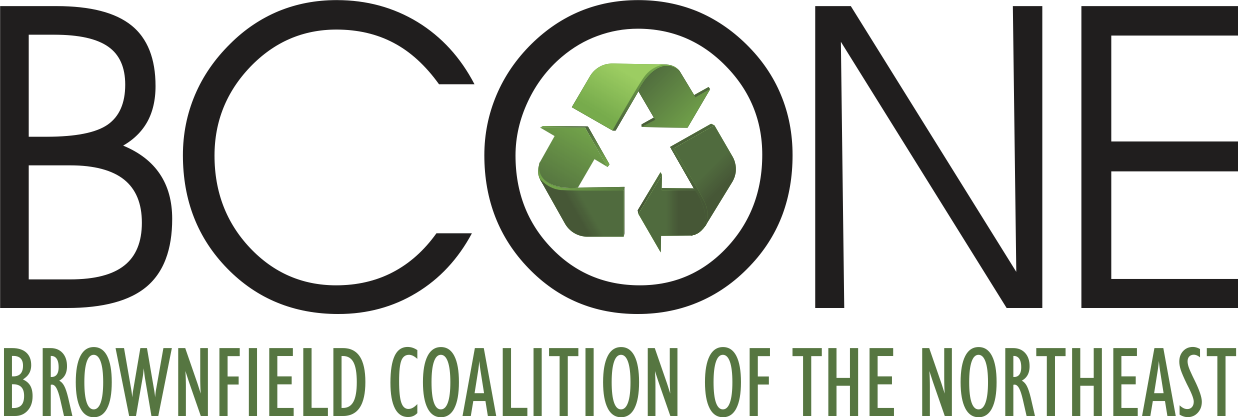Recipients include Niagara County, City of New York, Kingston, Rome, St. Regis Mohawk Tribe and Wappingers Falls
Contact: Elias Rodriguez, (212) 637-3664, rodriguez.elias@epa.gov
(New York, N.Y. – May 20, 2016) The U.S. Environmental Protection Agency is providing nearly $2 million to Niagara County, the Cities of New York, Kingston and Rome, the Village of Wappingers Falls and the St. Regis Mohawk Tribe to help those communities clean up abandoned and contaminated sites. The funding was awarded through EPA’s Brownfields Program, which helps communities assess, clean up, redevelop and reuse contaminated properties. Brownfields are properties where moderate contamination threatens environmental quality and public health and can interfere with productive re-use of the sites.
“Cleaning up brownfields protects people’s health and the environment, revitalizes neighborhoods and creates jobs,” said Judith A. Enck, EPA Regional Administrator. “There is untapped opportunity at brownfields sites, and these grants help communities find ways to unlock it. In many cases, these are pieces of land that had been written off, sitting unused, dragging down the surrounding neighborhoods. But with the help of these grants, they can be resources for recreation, jobs, parks and sustainable development.”
The EPA’s Brownfields funding will be awarded to communities in New York as follows:
Niagara County – $500,000
The $500,000 community-wide grant will be used to support a revolving loan fund from which Niagara County will provide one loan and one subgrant to support cleanup activities for sites contaminated with hazardous substances. Grant funds also will be used for marketing the revolving loan fund and supporting community outreach activities. The requested EPA grant funds will build upon Niagara County’s brownfield inventory, assessment, and remediation efforts over the past fifteen years and allow Niagara County to build on the community support and momentum created thus far.
City of New York – $400,000
A $200,000 community-wide hazardous substances grant will be used to conduct 16 environmental site assessments. A $200,000 community-wide petroleum grant will be used to conduct 14 environmental site assessments. Grant funds of both types also will be used to conduct community outreach activities. The NYC Department of Finance and Department of City Planning data from 2009 indicate that the city has over 3,150 vacant commercial and industrial lots, primarily brownfields due to suspected contamination from prior site operations. EPA grant activities will be targeted within such disadvantaged neighborhoods that contain clusters of brownfields, suffer disproportionate impacts from multiple environmental stressors, and demonstrate community need and thoughtful planning by strong community-based organizations. Using this approach, New York City will focus the funds on the areas of greatest need, which include the South Bronx, Harlem, and East New York in Brooklyn, along with communities that were badly impacted by Super Storm Sandy in October 2012, such as Staten Island’s North Shore.
Kingston – $400,000
A $200,000 community-wide hazardous substances and a $200,000 petroleum grant will be used to perform up to 26 environmental site assessments primarily two areas in Rondout and Waterfront and a central area of Midtown slated to become an Arts District. Grant funds also will be used to conduct cleanup planning for 10 sites and support community outreach activities.
Rome – $200,000
A $200,000 petroleum grant will be used to clean up the former Rome-Turney Radiator Company site at 109 Canal Street. The 1.4-acre site was operated by the Rome-Turney Radiator Company from 1905 until the mid-1990s as a manufacturing plant for radiators. In June 1988, the site experienced a petroleum release from fuel storage tanks, contaminating the property’s soil and groundwater. The EPA funds will be used to address petroleum contamination in two areas site, at the north end of the site near two wings of the building and at the south of the site near the entrance from Canal Street. There is an estimated 2,000 tons of contaminated soil at the site. Grant funds will also be used for community outreach activities.
St. Regis Mohawk Tribe – $200,000
A $200,000 community-wide petroleum grant will be used to conduct nine environmental site assessments former gasoline station sites. Grant funds also will be used to update and prioritize a brownfields inventory, support community involvement activities, and conduct cleanup planning. The most important sites will be evaluated using existing reports and geophysical surveys to look for underground storage tanks and piping.
Wappingers Falls – $200,000
A $200,000 community-wide hazardous substances grant will be used to conduct 15 environmental site assessments. Grant funds also will be used to support cleanup planning and community outreach activities. The Village of Wappingers Falls will conduct assessments on blighted properties with industrial or commercial histories. Among the prospective properties are former metal plating facilities, dry cleaners, ink and dye manufacturing facilities, industrial storage, gasification facilities, and mechanical manufacturing operations. Of the 24 acre industrially-zoned property in the village, over 14 acres has been left vacant after structural collapse or fire.
The EPA has announced a total of more than $55 million in new investments this year across the country that will redevelop contaminated properties, boost local economies and help create jobs while protecting public health.
Since its inception, EPA’s brownfields investments have leveraged more than $20 billion in cleanup and redevelopment funding from a variety of public and private sources and have created approximately 87,000 jobs. The 240 grantees receiving grants through the Brownfields Assessment, Revolving Loan Fund and Cleanup Grants programs include tribes and communities in 45 states across the country.
Information on grant recipients can be found at: http://www.epa.gov/brownfields
Follow EPA Region 2 on Twitter at http://twitter.com/eparegion2 and Facebook at http://facebook.com/eparegion2
16-040

